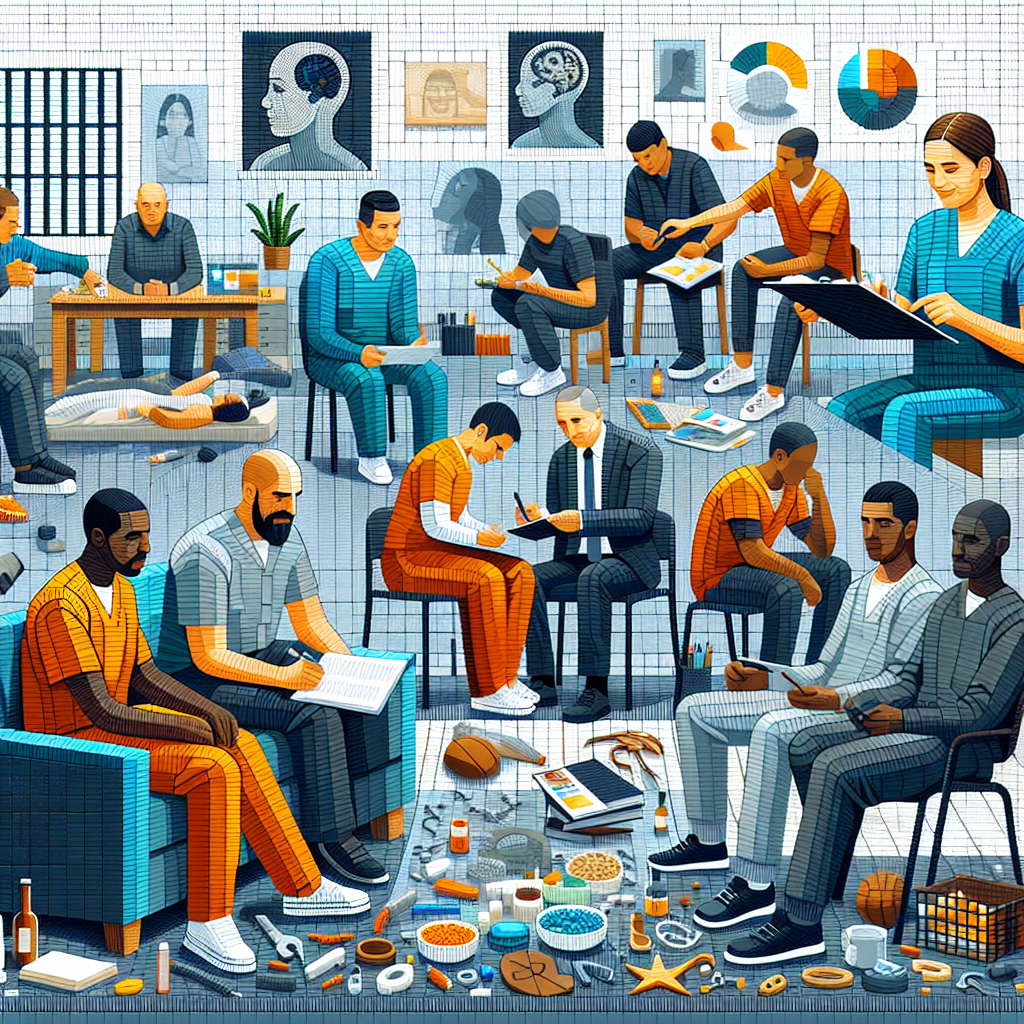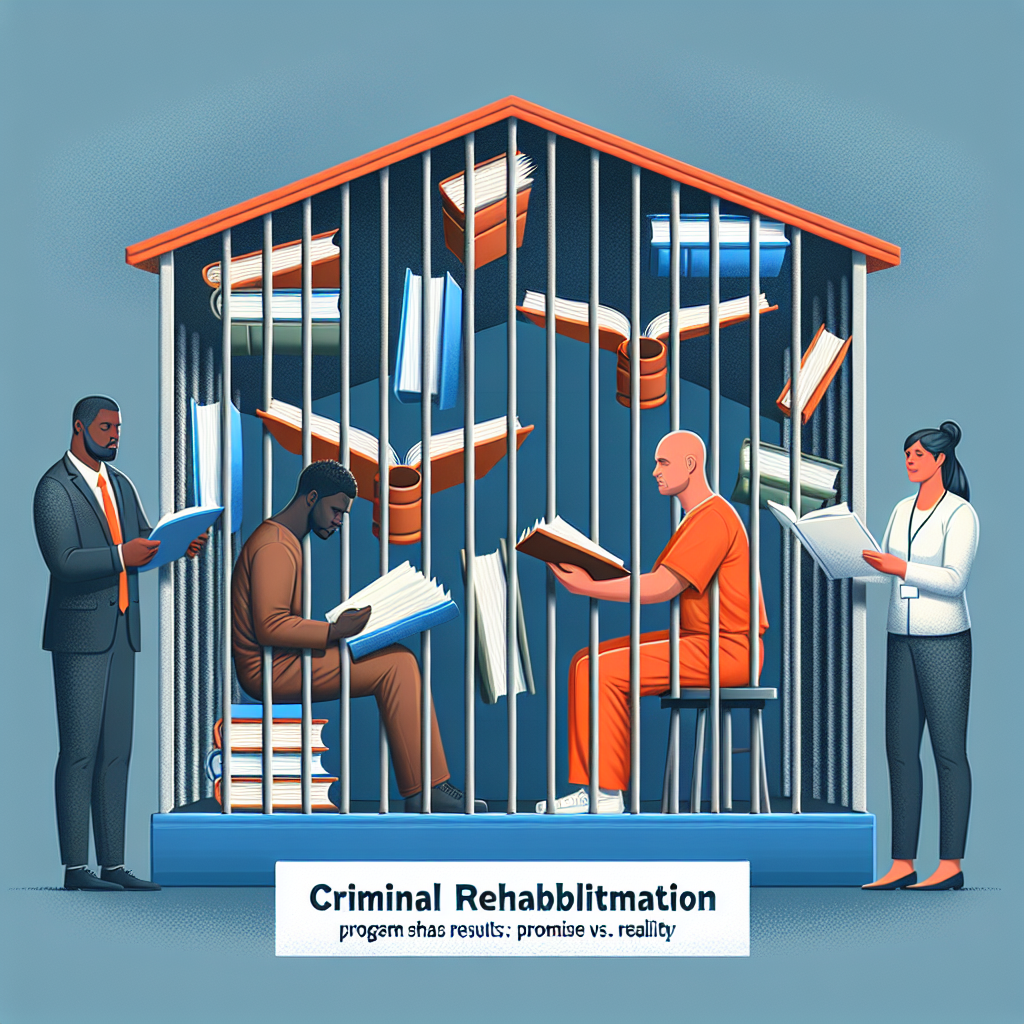Scene Setting
In the siren-soaked landscape of our penal system, a symphony emerges; melodies interweaving law enforcement with sentencing policies, harmonizing to produce an outcome yearned by all – reduction in crime rates. It’s in this complex ensemble that we identify an innovative composer – a criminal rehabilitation initiative gaining recognition for its methodological accord.
Musical Movement
The cadence starts gently, echoing ‘reform’ instead of retribution, focusing on the healing measures over punitive actions. Essentially shifting from dissonance to harmony through reintegration practices.
Artistic Innovation
This innovative approach is akin to designing a melody out of discordant notes – taking individuals marginalized by society and giving them means and motive for positive change.

Industry Changes
The judicial department dances along these rhythmic changes recalibrating their strategies towards rehabilitation – reducing recidivism through vocational training courses, mental health support programs operatic with potential as they sway against traditional norms.
Cultural Impact
Societal orchestra watches keenly as these policy shifts vibrate our collective conscience drumming questions seeking reconciliation between justice served and redemption earned-
‘What culture tells us about…’
-Understanding ourselves?-Comprehending our shared humanity?-Navigating societal norms within reformative justice spectrum? Our thirst for answers resonates louder within cultural sphere.
Artist Perspectives
‘Artists’ in this rehabilitation rhapsody – the program administrators, participants and mentors – narrate their experiences amidst these systemic shifts. Their testimonials speak of personal victories over past transgressions; syncopating societal redemption with individual salvation.
The public’s response – or fans of this new symphony – sways between hopeful optimism and skeptical dismissal. Yet, everyone acknowledges one unifying belief: a harmonious society reverberates from crime reduction and successfully reintegrated individuals.
This reformative crescendo integrates innovative techniques like cognitive-behavioral therapies, specialized skill acquisition, mental health support systems underscoring technical evolution amidst our legal mechanisms.It’s akin to incorporating synth beats into classic orchestral symphony; unconventional yet transformative nonetheless.
Moving forward, we must harmonize policy changes with societal acceptance; acknowledging possibility for change within each convict as a chorus echoing humanity’s shared spirit of resilience and transformation irrespective of past actions.
&
To implement such change requires collective involvement amplifying efforts from legislative chambers to community centers delivering an anthem of reform louder than the echoes of past transgressions.

